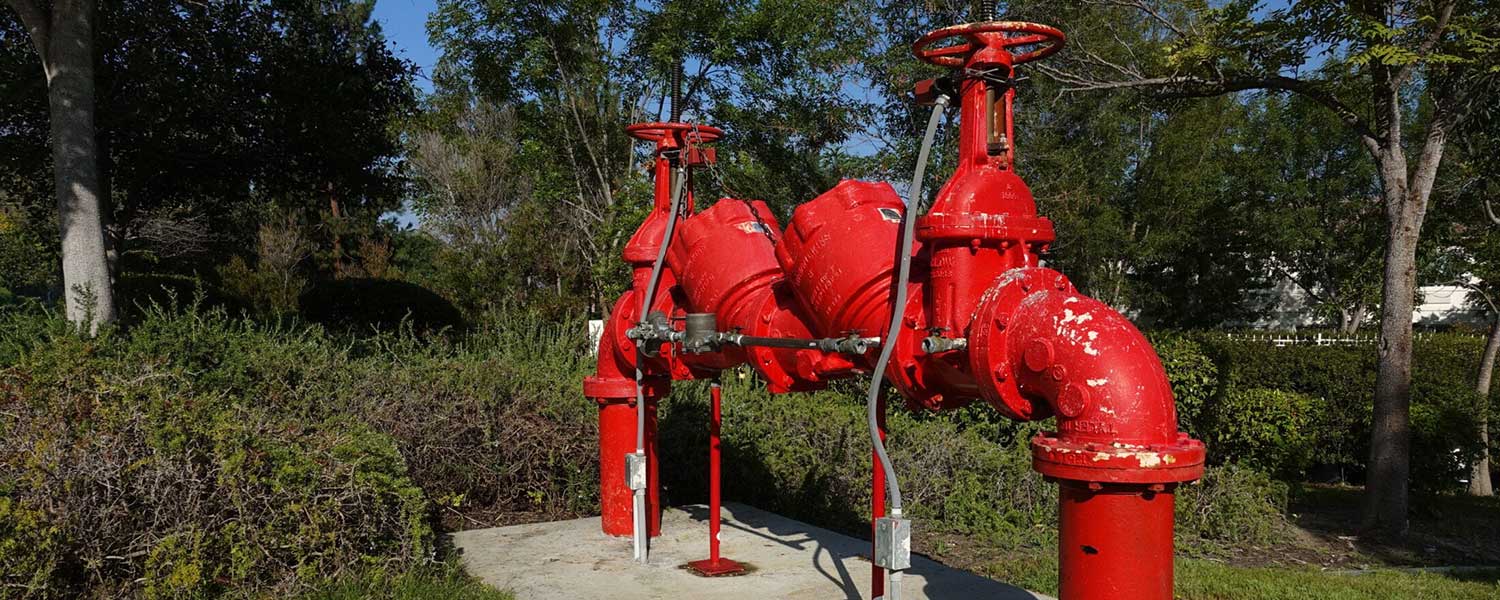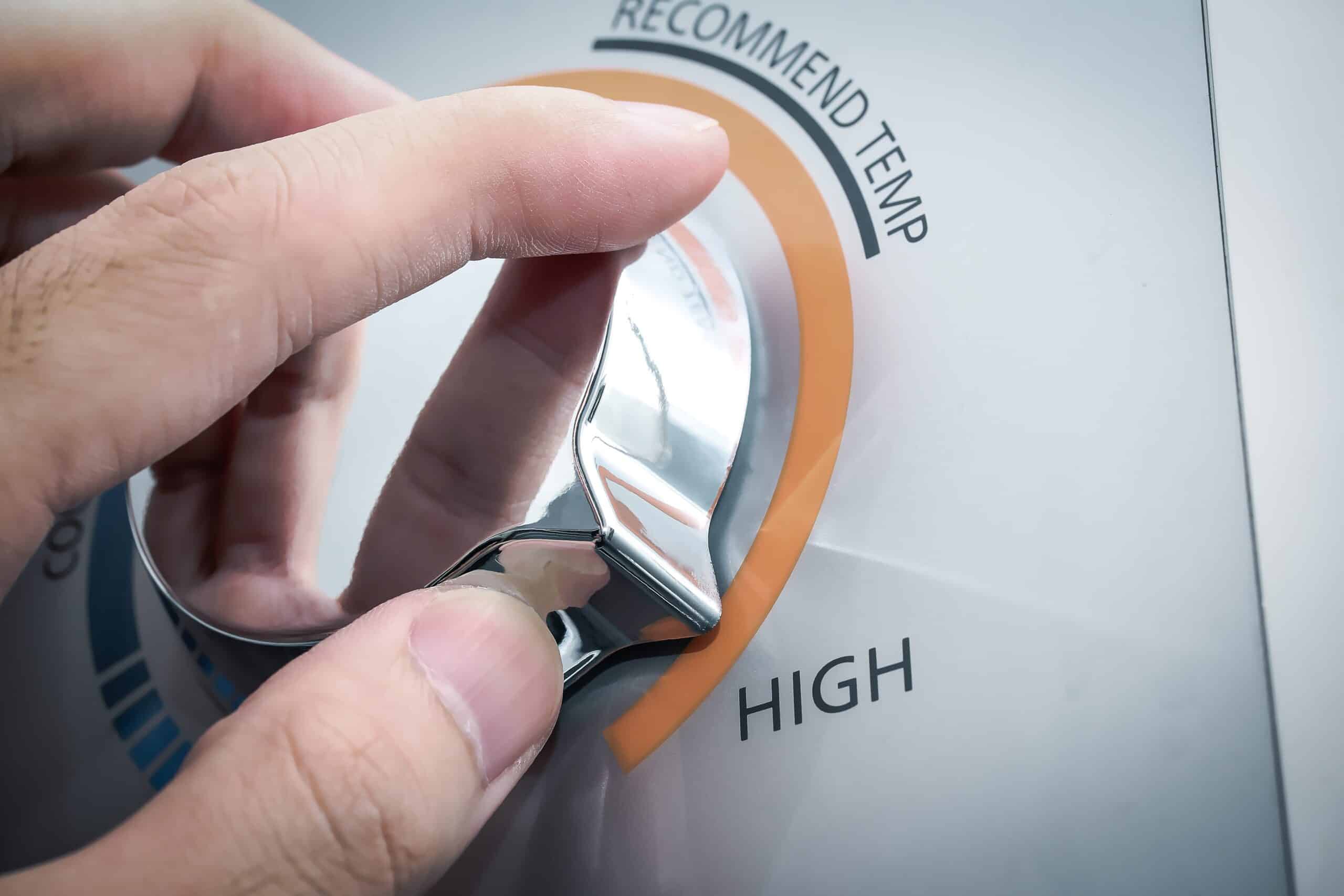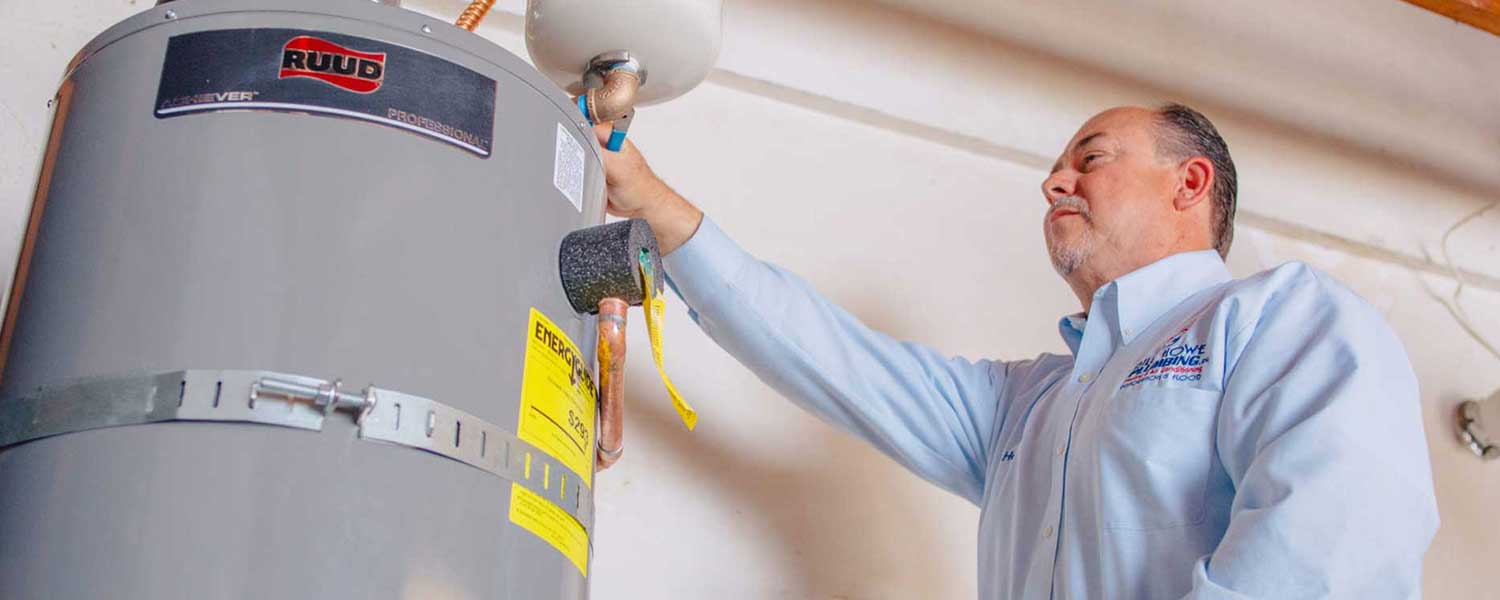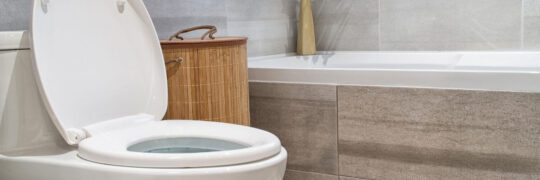While the name does not sound too terrible, backflow can be a serious hazard to your health. So, what is backflow? In short, backflow is a plumbing term that describes the unwanted flow of water in the opposite, unintended direction. Backflow usually occurs when the city’s water system is disrupted and/or turned off, and it can get quite messy.
If backflow occurs, potable water can become contaminated with wastewater. Wastewater can contain fertilizer/pesticides, human waste, chlorine from pools, and dirty water from sinks, dishwashers, and showers. Drinking water contaminated with backflow can cause gastrointestinal illnesses, leading to conditions such as lead poisoning and other diseases.
Backflow can also cause several issues to your plumbing system. Backflow can cause pipes to corrode, burst, and leak. Fortunately, a backflow preventer can protect your property and keep contaminated water from entering your water supply. Bill Howe Plumbing, Heating & Air, and Restoration & Flood offers installation and testing services to ensure you and your family are protected.
Backflow Prevention Devices
Backflow prevention devices can be installed in any number of places. For commercial properties and newer residential properties, there is a larger backflow prevention device that prevents wastewater from the property from entering the city’s water supply. Backflow prevention devices must be installed as close to the water meter as possible. This aids in eliminating the chances of an illegal connection being made between your meter and backflow device.
The City of San Diego also requires that backflow devices be tested at the time of installation, whenever the connection is moved and on an annual basis. A certified Bill Howe backflow tester can perform the annual testing as well as any maintenance that may need to occur. The city’s cross-connection department requires that the device be installed within three feet of the water meter whenever possible. If put in other locations, the location must be approved by the city cross-connection department.
These backflow prevention devices protect the municipal water supply from wastewater contaminants that may leave your property. However, there are plumbing codes and devices already within your property that are designed to help you with backflow protection. Parts within toilets, faucets, sinks, and hoses have been created and regulated to keep you and your family safe from contamination. If you have an older home or older plumbing fixtures, updating these fixtures is an affordable way to protect you and your family from contaminated wastewater.
If you aren’t sure that your property has a backflow preventer installed, call us. Bill Howe’s team of certified technicians can inspect your home and install a backflow preventer to keep your family safe from the dangers of backflow.
Backflow prevention for your home is built into existing plumbing codes. A few of the most common fixtures are:
Hand-held Sink or Shower Heads with Hoses
Hand-held sink or shower heads have the potential to drop into the water located in the tub or sink. A dual check valve may need to be installed to prevent backflow. However, if your sink or shower head was built in the US, these generally do not need additional backflow prevention devices.
Garden Hoses
If your garden hose is left on the ground, the hose could potentially transfer whatever it is left submerged in into your water supply. To protect this from happening, adding a vacuum breaker to the hose bibb. This is a relatively inexpensive (~ $10) and easy accessory to add to the valve/spigot to control the safety of your water.
In-ground Irrigation and Lawn Sprinkler Systems
With your in-ground sprinkler system, it naturally could be exposed to animal waste, fertilizers or pesticides. By having a pressure vacuum breaker installed, this will prevent backflow from occurring. This option should be professionally installed and will need to be tested annually. Both installation and testing in sprinkler systems can be handled by a certified Bill Howe plumber.
How a Backflow Preventer Works
Now that you’re more familiar with what a backflow is, it’s essential to know how a backflow preventer works. Backflow preventers rely on check valves to prevent the backflow of water from entering the main water supply. Backflow preventers are typically installed where there’s a cross-connection, such as in sprinkler systems, irrigation, and fire protection systems.
The Importance of Installing a Backflow Preventer Valve
When the water supply pipe or water main breaks, the water distribution system can cause temporary pressure loss. When a situation like this happens, it can allow backflow to leach into the water system. A backflow preventer ensures that water will only flow in one direction when there’s a break in the water main or water supply pipe. You can think of it as a gate that allows your city’s water to flow into the piping system of your home or business. Once through, it closes to stop water from flowing backward into the main water supply.
The following are the benefits of installing a backflow preventer valve:
- Protects the Clean Water Supply: Prevents contaminated water from entering a clean water supply
- Prevents Illnesses Caused by Contaminated Water: Minimizes the risk of waterborne illnesses and other health problems
- Minimizes Pipe Damage: Prevents objects and foreign materials from clogging pipes
- Water System Efficiency: Improves the efficiency of the water system
- Protects Property: Can prevent contaminated water from doing damage to your home or business
How Backflow Prevention Protects Your Water Supply
Access to clean water is vital. After all, the last thing you want to see when you turn on your faucet is discolored water. That’s where a backflow preventer valve can help. A backflow preventer valve protects your water supply by preventing contaminants from getting into the water you use daily.
Types of Backflow Preventers for Plumbing Systems
While you can install a backflow preventer yourself, professional installation is recommended. That’s because some types of backflow preventers are more challenging to install than others. Bill Howe’s certified plumbers know how to install one of these devices properly. Having one installed correctly is important because improper installation can cause leaks and render it useless.
The following are the series of valves in a backflow preventer and their functions:
Check Valves: These are one-way valves that respond to water pressure by opening and closing. If the water pressure that flows back to the main is less than the flow router, the valve will stay open. But then, when water pressure is flowing back greater, the valve will close to prevent backflow.
Double Check Valves: Fire protection systems will have double-check valves. To prevent backflow, two independently operating check valves, the inlet shut-off and the outlet shut-off valve, are used.
Atmospheric Vacuum Breakers: These types of valves are common in some household devices. They prevent backflow in hoses, spigots, and faucets. When there’s a loss in pressure, an air vent opens. When the air vent opens, it breaks the vacuum and seals off the water supply line to prevent backflow.
Air Gap: An air gap backflow preventer is mainly used in faucets and sinks. These types use the physical air space between the non-potable and potable systems. Some consider this type to offer maximum protection.
Pressure Vacuum Breaker Assembly: This type is similar to an atmospheric vacuum breaker except that it features a check valve and a spring-loaded air inlet, two test cocks, and two shutoffs.
Choosing the Right Backflow Prevention Device
We recommend consulting with a licensed plumber from Bill Howe to select a suitable device for your plumbing system. Why compromise water supply safety by choosing and installing an inadequate device? Bill Howe’s professional plumbers know how a backflow preventer works and how to properly install one. Our experts can identify potential contamination risks and recommend one that best meets your needs.
Backflow Preventer Valve Maintenance and Testing
An annual backflow preventer valve test can help keep your potable water supply contamination-free. You can try backflow testing yourself. However, doing so requires specialized tools, and testing them can be challenging. Fortunately, you can save time and money by calling Bill Howe’s licensed plumbers for backflow testing. Our certified plumbers have years of experience with these devices and know how to test the valve right the first time.
During an inspection, our licensed plumbers will inspect the device to ensure that the parts are in good working condition. Our certified testers will check that it’s clean and free of debris. If damaged parts are found, we will recommend replacing them before they become a problem.
We recommend testing backflow devices if you notice the following signs of backflow:
- Discolored water
- Inconsistent water pressure
- Foul odors
- Visible leaks
- Water tastes strange
- There are particles in the water
- Slow drainage
When Does Backflow Testing Occur?
You can schedule backflow testing at any time. We recommend scheduling annual maintenance and testing to ensure healthy water quality.
Benefits of annual maintenance and testing:
- Can prevent system failures
- Ensures that repairs and replacements are completed in a timely manner
- Can extend the life of your device
Backflow Services
The costs associated with the installation of backflow systems vary with each project. A certified Bill Howe plumber can help determine which type of device is best for preventing backflow in your water and what those costs might be.
Call 1-800-BILL-HOWE to schedule an inspection and learn more about how Bill Howe can help you solve your backflow problems.




